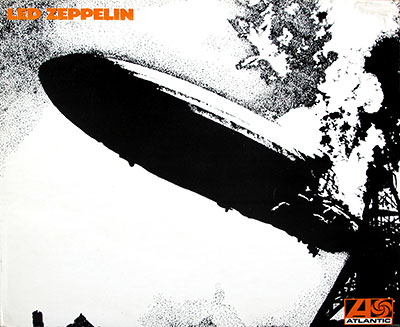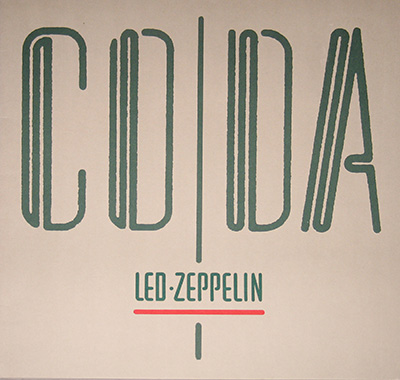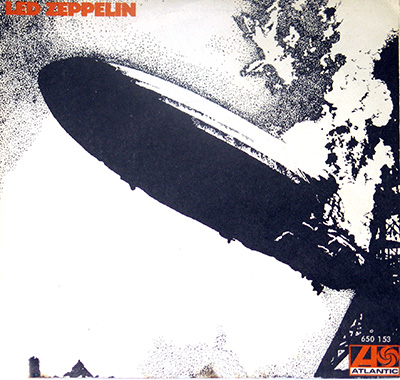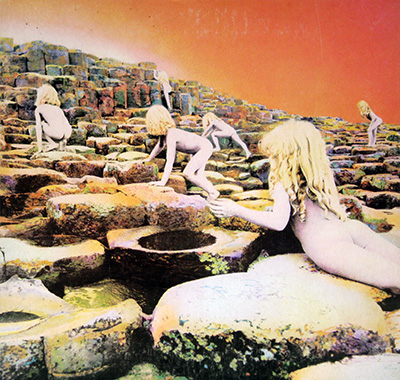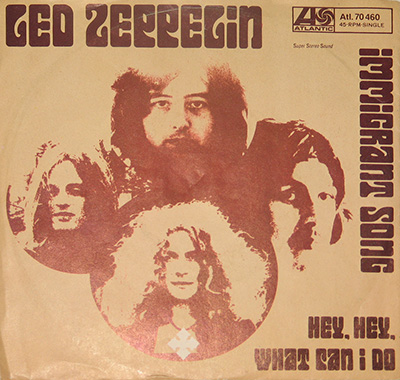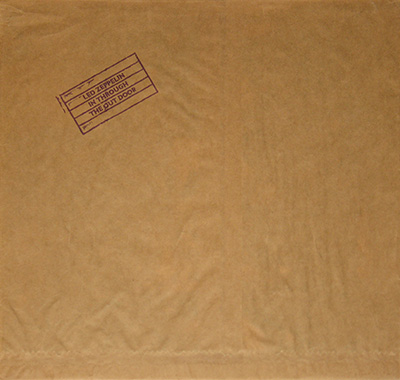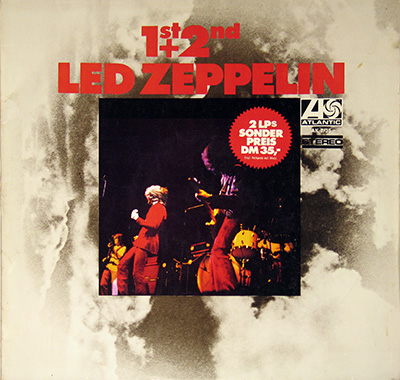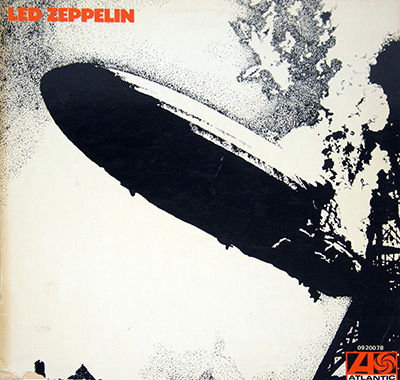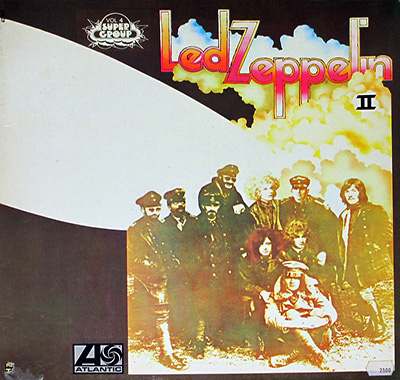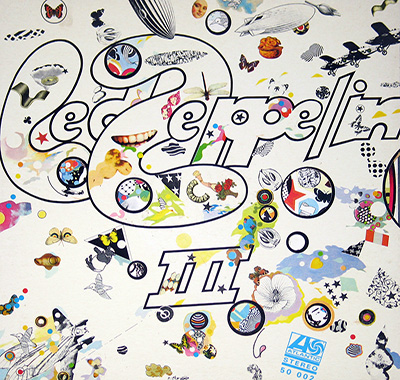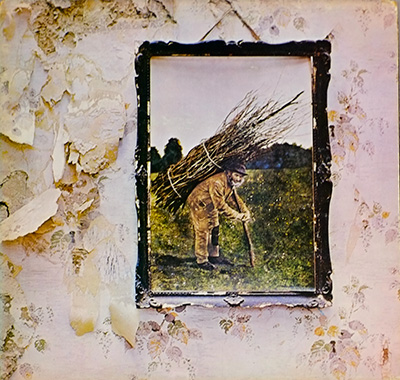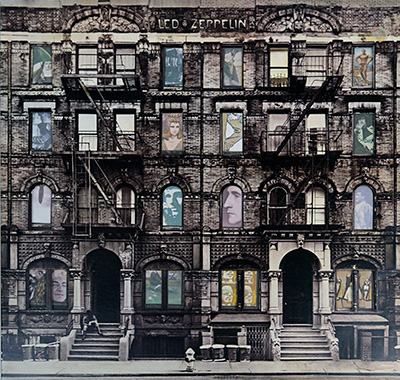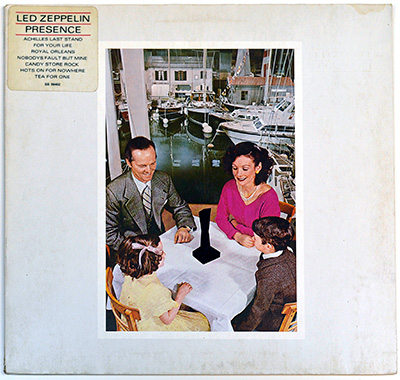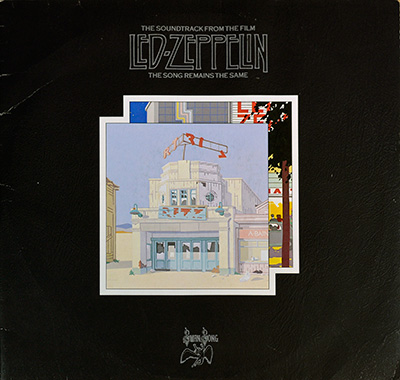In the world of music history, few names resonate as powerfully as Led Zeppelin. The British rock band, formed in 1968, left an indelible mark on the musical landscape during the 1970s and 1980s. This period saw Led Zeppelin ascend to the pinnacle of rock royalty, leaving an enduring legacy that continues to captivate audiences worldwide.
The Formative Years:
Led Zeppelin's journey began in 1968 when guitarist Jimmy Page, already a respected session musician, recruited vocalist Robert Plant, drummer John Bonham, and bassist John Paul Jones. The amalgamation of diverse musical backgrounds set the stage for the band's groundbreaking sound, blending blues, rock, and folk elements.
The 1970s: A Decade of Dominance
As Led Zeppelin entered the 1970s, their meteoric rise was unstoppable. The release of iconic albums such as "Led Zeppelin III" (1970), "Led Zeppelin IV" (1971), and "Houses of the Holy" (1973) showcased the band's versatility and innovative approach to music.
The early '70s witnessed Led Zeppelin conquering arenas and stadiums across the globe, setting new standards for live performances. Their untamed energy and virtuosity on stage became a hallmark of their concerts, with extended improvisations and epic renditions of their classic tracks.
One of the defining moments of Led Zeppelin's career came with the release of "Stairway to Heaven" in 1971. The epic composition, laden with mysticism and intricate guitar work, solidified its place as one of the greatest rock anthems of all time.
The band's experimentation with diverse musical styles reached its zenith with the release of "Physical Graffiti" in 1975. The double album showcased Led Zeppelin's ability to seamlessly fuse genres, from hard rock to folk, and marked a high point in their creative evolution.
The Late 1970s and Beyond:
As the '70s progressed, Led Zeppelin faced challenges, including the tragic death of John Bonham in 1980. The loss marked the end of an era, leading the band to disband shortly afterward. Despite the challenges, their impact endured, and Led Zeppelin's influence on subsequent generations of musicians remained profound.
Legacy and Continued Impact:
Led Zeppelin's legacy extends far beyond their active years. The 1970s and 1980s laid the groundwork for their enduring influence on rock music. Their innovative sound, electrifying performances, and timeless compositions continue to inspire and shape the musical landscape.
